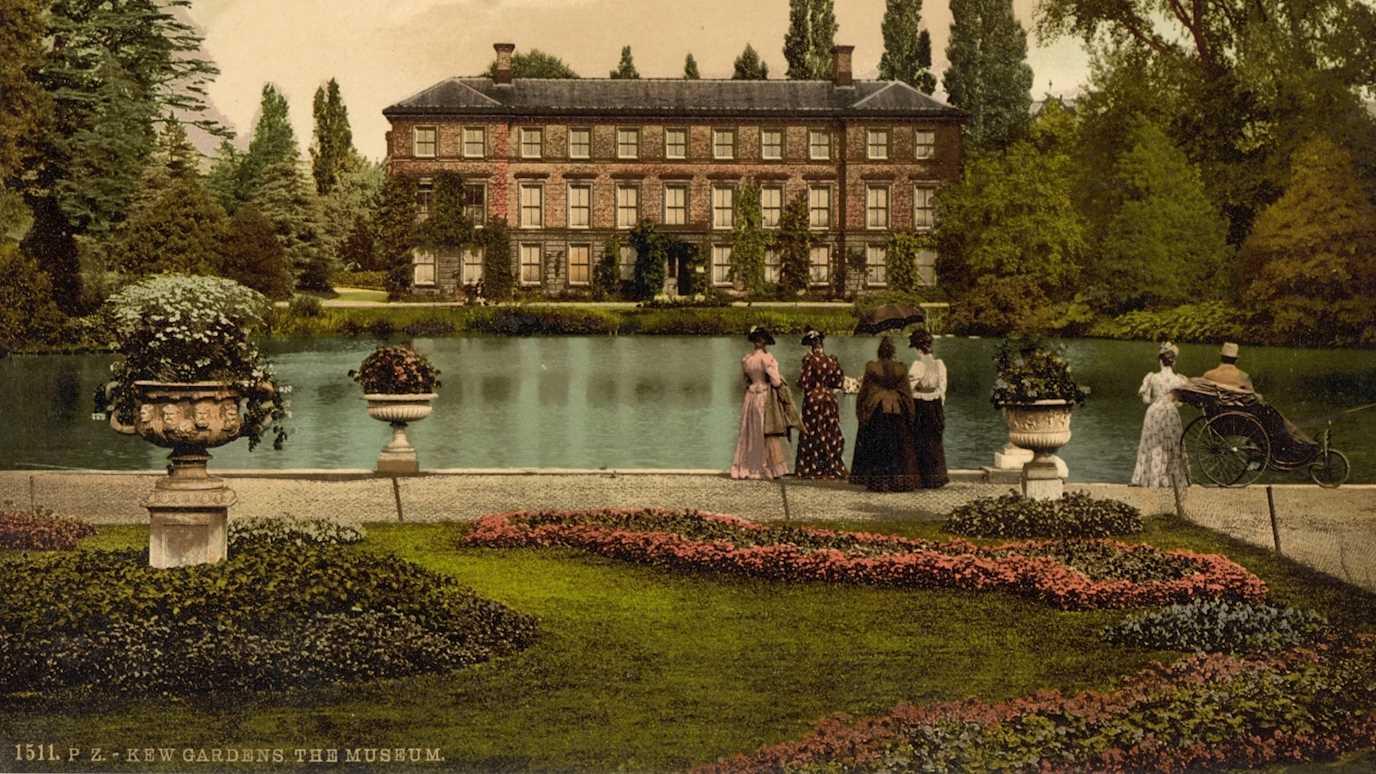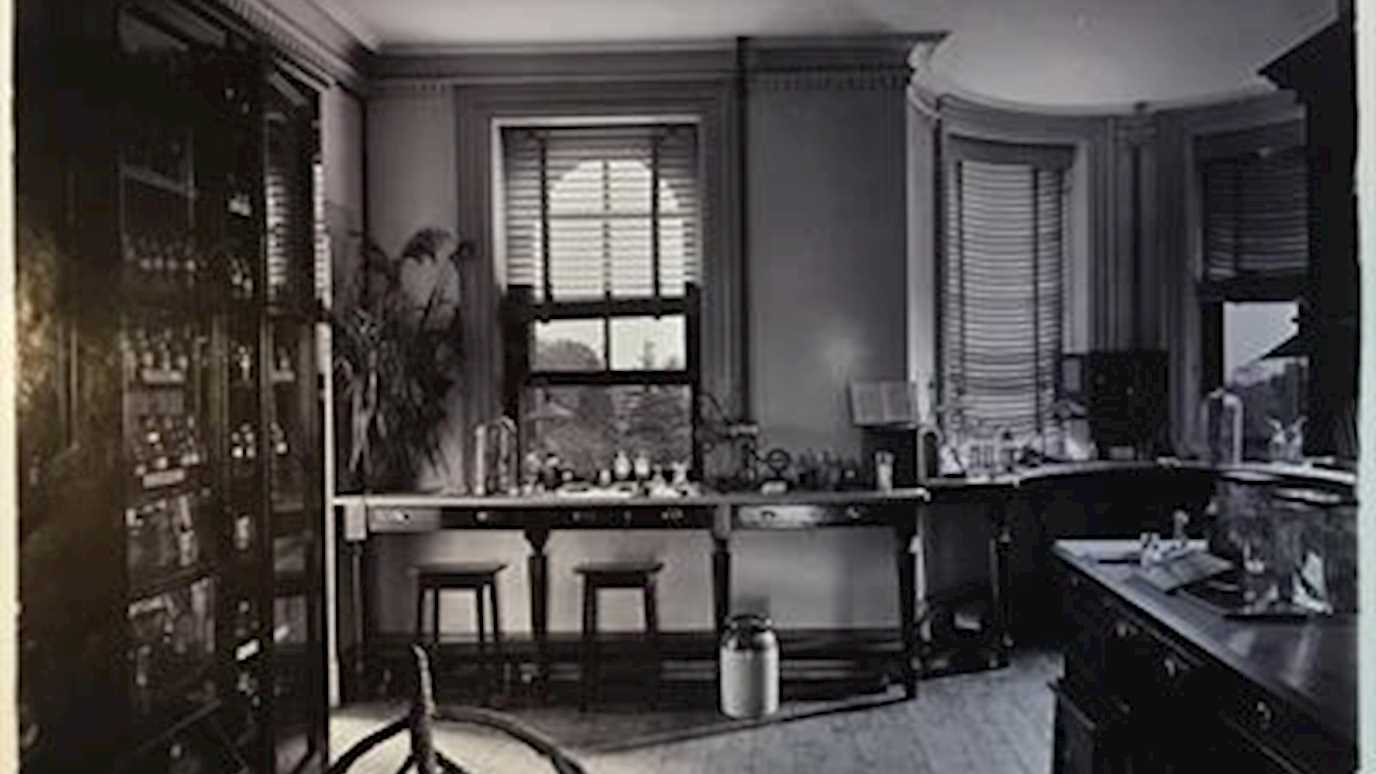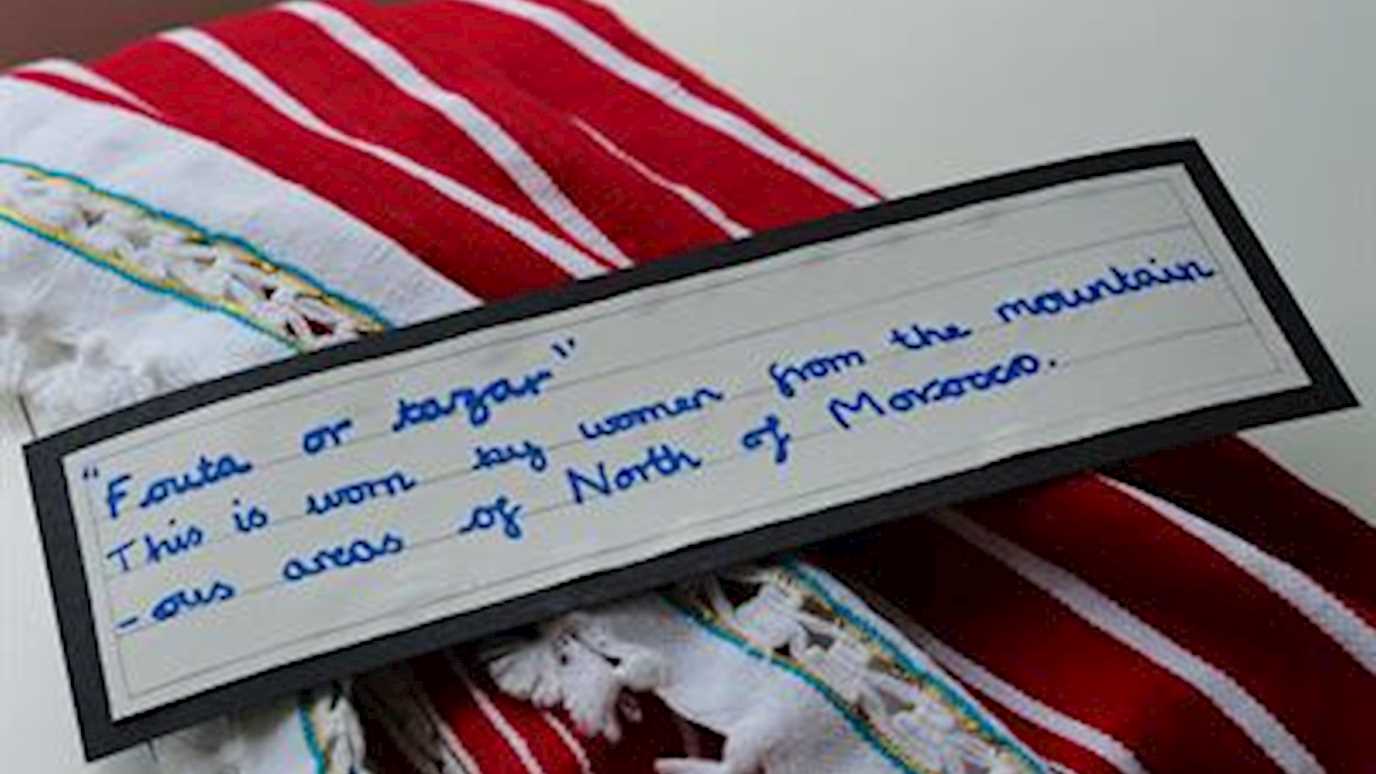Posted on 10/12/2018 by Laura Newman
If there is one figure who embodies all the different historical strands I am exploring - that of museums, plants, schooling, and children - it is Mordecai Cubitt Cooke (1825-1914). At various points a London schoolteacher, a Kew mycologist, curator at the India Museum, a journalist and an author, across all stages of his career Cooke did much to popularise knowledge about plants for children. Born in Norfolk, he was exposed early on to plants through the activities of his mother Mary, the village herbalist. Cooke would later on fondly recall childhood rambles through the countryside searching for mushrooms. He would go on to be best remembered for his work on mycology - as well as his long-term role as editor of the popular science periodical Hardwicke's Science Gossip -- but it is his earlier and less well-known time in schools that I'm primarily interested in.
As a young schoolteacher in Lambeth in the 1850s, Cooke was one of the first to experiment so extensively with the idea of the school museum. He opened his own at Holy Trinity School in 1856. His teaching collection of economic botany specimens depended on an extensive, London-based network of botanists. At the same time Cooke was attending lectures and gaining qualifications in botany. In the space of a year, Cooke estimated that his school's collection grew from a mere twenty specimens to over a thousand.[1] Reflecting his expanding professional network, in June 1857 Cooke also penned a letter to William Hooker requesting duplicate specimens of "Jamaican Hog Rum" for his school museum - the earliest request yet found for Kew specimens from an elementary school.[2] We have some of his lesson plans from this time, too, such as one on the 'cocoa nut' from 1857 that discusses its importance as both a fibre and as the ingredient for a "pleasant kind of cake".[3]
When Cooke left Holy Trinity school two years later in 1859, he sold the contents of his museum for £100, indicating its impressive size, scale, and variety.[4] From Lambeth, he worked in various jobs until finally joining the India Museum in 1862, where he eventually became assistant curator in 1874. When that museum dissolved and its economic botany collections were sent to Kew in 1879-80, Cooke himself came as part of the deal. But his interest in producing child-friendly books and other tools for teaching and learning botany continued alongside this particular stage of his career.
In October 2018, I went to Leeds Museums to view an unpublished 271-page manuscript by Cooke entitled Chats About Useful Plants for His Young Friends by Uncle Matt (c.1899).[5] Cooke used the pseudonym 'Uncle Matt' on a variety of publications aimed at young readers. These included titles in his 'search for wildflowers' series such as A Stroll in a Marsh, Around a Cornfield, and Down the Lane and Back (all 1895). This friendly, paternal figure appears again in Useful Plants, giving Kitty, Tommy, and Flossie lessons on - among many other things - furniture woods, oats, sugar, and chocolate. Centred around the family breakfast table, these conversational lessons built upon a much longer tradition of familiarising science for children by using common household objects.
Cooke's lessons went far beyond plain, innocent descriptions of plant anatomy. These lessons incorporated both natural and cultural histories of useful plants. Lessons about race, gender, and Empire regularly appear. On the lesson on wheat, for example, 'Matt' tells Kitty that "every girl should know how to make bread". In the same lesson he describes how, before the advent of milling technology, ancient Britons relied on foraging "much the same as they do now, amongst the savages". There are other various mentions of 'natives', with their own relationship to plants often shown as similarly unsophisticated and backward when compared to the industrious British. Vivid tales of "natives clad in leather dresses" cultivating marijuana and Chinese 'opium eaters' all served to reinforce the tranquil, English domesticity of the breakfast room. By studying sources such as these, we can gain a greater understanding of the close relationship between plants, childhood, and imperial citizenship in the nineteenth century.
Plants offered people such as Cooke a particularly useful tool for teaching children a variety of topics. Whether through hands-on encounters through the school museum or via the printed word, Cooke clearly saw many ways of exploiting the pedagogical potential of plants. But he was not alone in this, and in the future I hope to find time to blog about other important - but perhaps even less well-known -- figures who sought to make plants exciting and interesting for young learners.
[1] Mordecai Cubitt Cooke, 'Economic Botany: Plants in Their Relation With Man, in Commerce and the Arts', Pupil & Teacher, Vol. 4, No. 45 (September, 1857), 173.
[2] Kew Archives, Directors' Correspondence (English Letters), Vol. 57, f.98. Letter from Mordecai Cubitt Cooke to Joseph Hooker, June 1857.
[3] Mordecai Cubitt Cooke, 'Lesson on the Cocoa Nut', Pupil & Teacher, Vol. 4, No. 46 (October, 1857), 192-193.
[4] Mary P. English, Mordecai Cubitt Cooke: Victorian Naturalist, Mycologist, Teacher & Eccentric (Bristol: Biopress, 1987), 52.
[5] Leeds Museums, LEEDM.C.1990.1, Papers of Mordecai Cubitt Cooke.
























